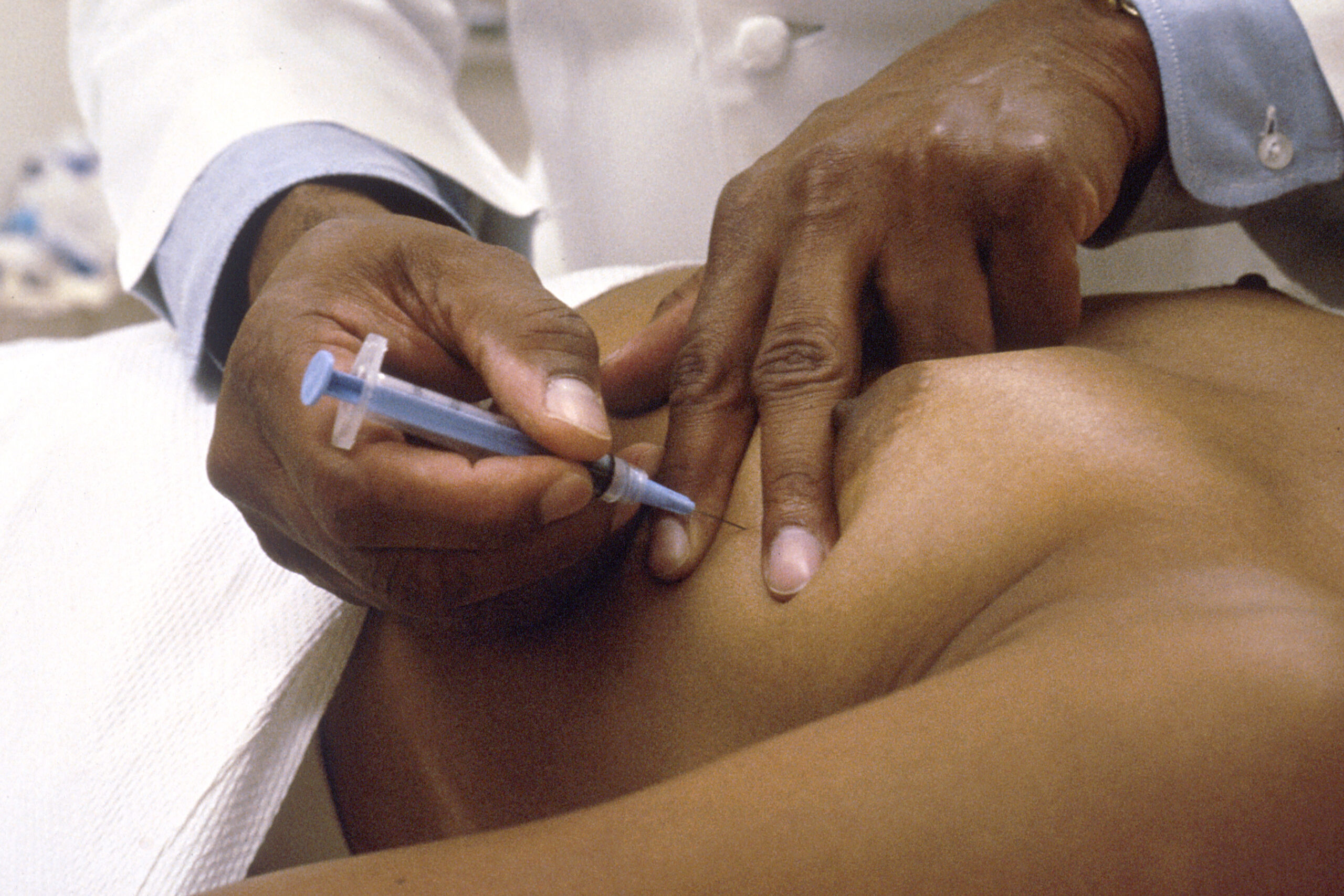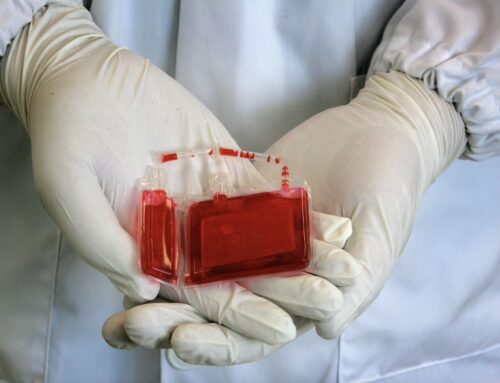Fine Needle Aspiration
When is fine needle aspiration used?
Fine needle aspiration (FNA) is a procedure used to collect cells or tissue samples from lumps or masses in the body. It is commonly used to:
- Diagnose the nature of a lump or mass (e.g., whether it is benign or cancerous).
- Aid in the staging of cancer (determining the extent of the disease).
- Guide treatment decisions (e.g., determining if a mass is fluid-filled and can be drained).
- Monitor the effectiveness of treatment.
Fine needle aspiration is most often used to sample lumps or masses in the breasts, thyroid, lymph nodes, and organs such as the liver and lungs. It is a minimally invasive procedure that is usually performed in a clinic or hospital setting.
What to do before needle aspiration used?
Before a fine needle aspiration (FNA) procedure, it’s important to follow any specific instructions provided by your healthcare provider. However, here are some general guidelines that are often recommended before an FNA:
- Tell your healthcare provider about any medications you are taking: This includes prescription medications, over-the-counter medications, and supplements. Your healthcare provider may advise you to stop taking certain medications before the procedure.
- Discuss any allergies or bleeding disorders: Make sure your healthcare provider is aware of any allergies you have, especially to medications or anesthesia. If you have a bleeding disorder or are taking blood thinners, your healthcare provider may need to take extra precautions.
- Avoid eating or drinking: You may be instructed to avoid eating or drinking for a certain period before the procedure, especially if sedation or anesthesia will be used.
- Arrange for someone to drive you home: If sedation or anesthesia is used during the procedure, you will not be able to drive yourself home afterward. Arrange for someone to drive you home or accompany you.
- Wear comfortable clothing: Wear loose, comfortable clothing that allows easy access to the area being sampled.
- Follow any additional instructions: Your healthcare provider may provide additional instructions based on your specific situation. It’s important to follow these instructions carefully to ensure the procedure goes smoothly.
If you have any questions or concerns about the FNA procedure or the preparations, be sure to discuss them with your healthcare provider.
What to expect during fine needle aspiration?
During a fine needle aspiration (FNA) procedure, you can expect the following:
- Preparation: You may be asked to change into a hospital gown and lie down on a table. The area to be sampled will be cleaned and possibly numbed with a local anesthetic.
- Needle insertion: A thin needle attached to a syringe is inserted into the lump or mass. The healthcare provider may use imaging techniques such as ultrasound or CT scan to guide the needle to the precise location.
- Sample collection: The needle is used to collect a small sample of cells or tissue from the lump or mass. You may feel some pressure or discomfort during this part of the procedure.
- Sample analysis: The collected sample is examined under a microscope by a pathologist to determine the nature of the cells and whether they are benign or cancerous.
- Post-procedure: After the procedure, pressure may be applied to the site to help prevent bleeding. A bandage may be placed over the site, and you may be given instructions on how to care for the area.
- Recovery: Recovery from an FNA is usually quick, and you can typically resume your normal activities afterward. You may experience some minor bruising, swelling, or discomfort at the site of the needle insertion, but this should improve within a few days.
- Results: The results of the FNA, including whether the sample was adequate for analysis and the preliminary findings, will be communicated to you by your healthcare provider. Further testing or follow-up may be recommended based on the results.
It’s important to follow any specific instructions provided by your healthcare provider before and after the procedure. If you have any questions or concerns about the FNA procedure, be sure to discuss them with your healthcare provider.




